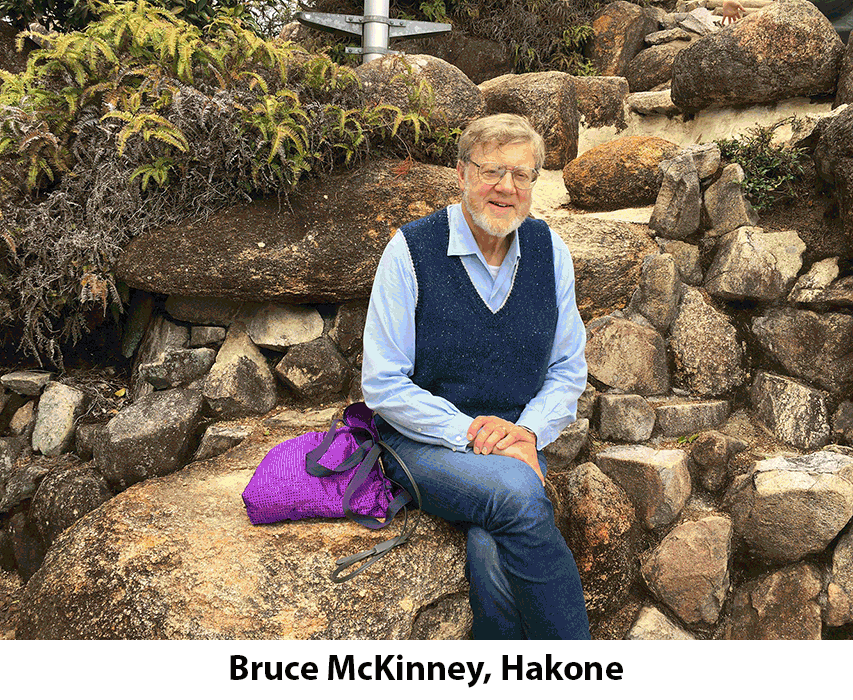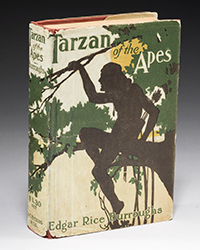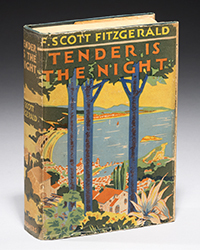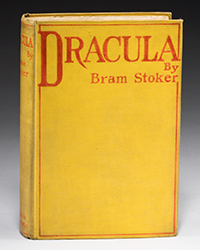Occasionally my wife Jenny and I get a few days to a few weeks away. Recently we celebrated our 40th wedding anniversary and spent two weeks in Japan. The trip reprised part of my first trip to Asia in the spring of 1975 and I would two months later, after taking a job with a trading company in Hong Kong, meet Jenny in Taipei. I was 28. We married in April 1977, built a succession of businesses, first in trading, then manufacturing and later retailing.
We had ambition and fresh thinking but it took much more to succeed. It took friends and relationships.
In 1979 Mike Stillman, who also attended Colgate University, joined us to pursue a yet unspecified plan, to grow what was then becoming a five-company empire. In 1980 we opened Consolidated Dutchwest in Braintree, Massachusetts. The plan was to sell via mail order to retail clients in the United States and Canada the Federal Airtight line of woodstoves we had developed. The concept took hold and we began an eight year upward spiral of increasing sales that culminated in Vermont Castings buying us out in 1988. Mid-way through these years Consumer Reports named our best-selling stove, the 264, the best value in cast iron stoves in their testing and analysis. The designation was unexpected and to this day still very much appreciated. Our woodstoves were the most efficient units on the market, they reflecting the composite strengths of Ling yo-tsung, a talented pattern maker, myself as designer, Jenny as financial overseer, Mike Stillman as mail order Svengali, and Gas & Mechanical Labs as design consultants. In 1989 we sold our Disamatic 2070 casting plant in Taiwan to China Metal.
In 1990 with woodstoves now in our past we began a new stage, with two small children, and a home on the ocean in Gulf Stream, Florida. The plan was to master the art of investing, while maintaining freedom to travel, when our children, Tom and Ad, were not in school. Over the next 10 years we would spend more than 2 years on the road.
In the early 1990’s I returned to book collecting. I had been introduced to it in 1956 and become a book scout in my teens. Early in my twenties I packed up my books and opened what was at the time the largest controlled circulation newspaper in New York State: The Orange County Free Press. The concept worked and I sold it two years later to a multi-media company associated with the American Greeting Card Company. That transaction, completed before I turned 28, made me financially secure and a year later comfortable to “invest in myself” with the goal to bum around the world and end up going to school in Europe and living in Paris.
Six months into this trek I met Jenny and our stars aligned. I would later visit Paris frequently but only to buy, sell and eat. For the next 15 years we maintained homes in Taiwan and Massachusetts.
In resuming book collecting in the 1990’s I wanted more market information than was then available and began to build the Americana Exchange Transaction Database in 2002 simply to provide for myself the necessary information to become an efficient collector. In September 2002 we opened the business to subscribers and quickly learned that prices tended to be random and frequently unsubstantiated. AE would not be an easy business but, to be a serious collector, I would need information and confirmation.
It is now 15 years into what in a few years should be a close to complete record of all lots in rare and collectible books, manuscripts, maps and ephemera offered at auction since January 1st, 1860. Fifteen years ago it seemed a long way away.
Today it seems close.
AE, now RBH is what my Mother called “an obituary project.” That is, its success may someday earn a few lines in the obit section of the New York Times. Well, there’s no rush but the database has become essential for people throughout the world. If my mentor, Bill Heidgerd, the New Paltz historian, could experience it now I’m sure he’d be pleased that his ideas and suggestions that animated a boy of 10 may in the final analysis, help the field transform. He no doubt would want that.



![<b>Sotheby’s, Dec. 11:</b> Darwin and Wallace. On the Tendency of Species to form Varieties..., [in:] <i>Journal of the Proceedings of the Linnean Society,</i> Vol. III, No. 9., 1858, Darwin announces the theory of natural selection. £100,000 to £150,000. <b>Sotheby’s, Dec. 11:</b> Darwin and Wallace. On the Tendency of Species to form Varieties..., [in:] <i>Journal of the Proceedings of the Linnean Society,</i> Vol. III, No. 9., 1858, Darwin announces the theory of natural selection. £100,000 to £150,000.](https://ae-files.s3.amazonaws.com/AdvertisementPhotos/00d5fd41-2542-4a80-b119-4886d4b9925f.png)






![<b>Heritage, Dec. 15:</b> John Donne. <i>Poems, By J. D. With Elegies on the Author's Death.</i> London: M[iles]. F[lesher]. for John Marriot, 1633. <b>Heritage, Dec. 15:</b> John Donne. <i>Poems, By J. D. With Elegies on the Author's Death.</i> London: M[iles]. F[lesher]. for John Marriot, 1633.](https://ae-files.s3.amazonaws.com/AdvertisementPhotos/8caddaea-4c1f-47a7-9455-62f53af36e3f.jpg)




















